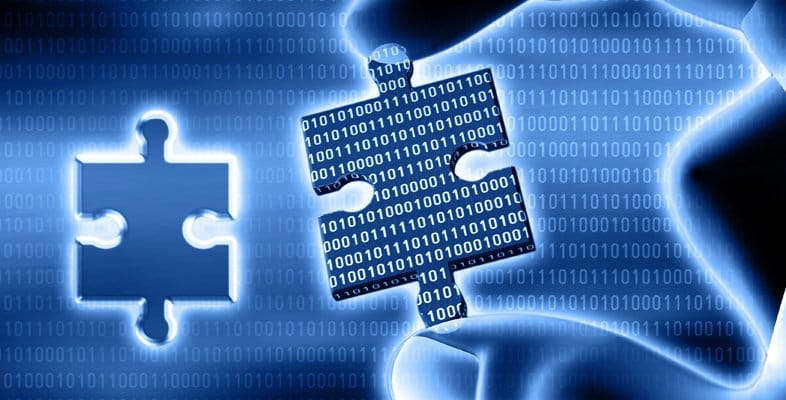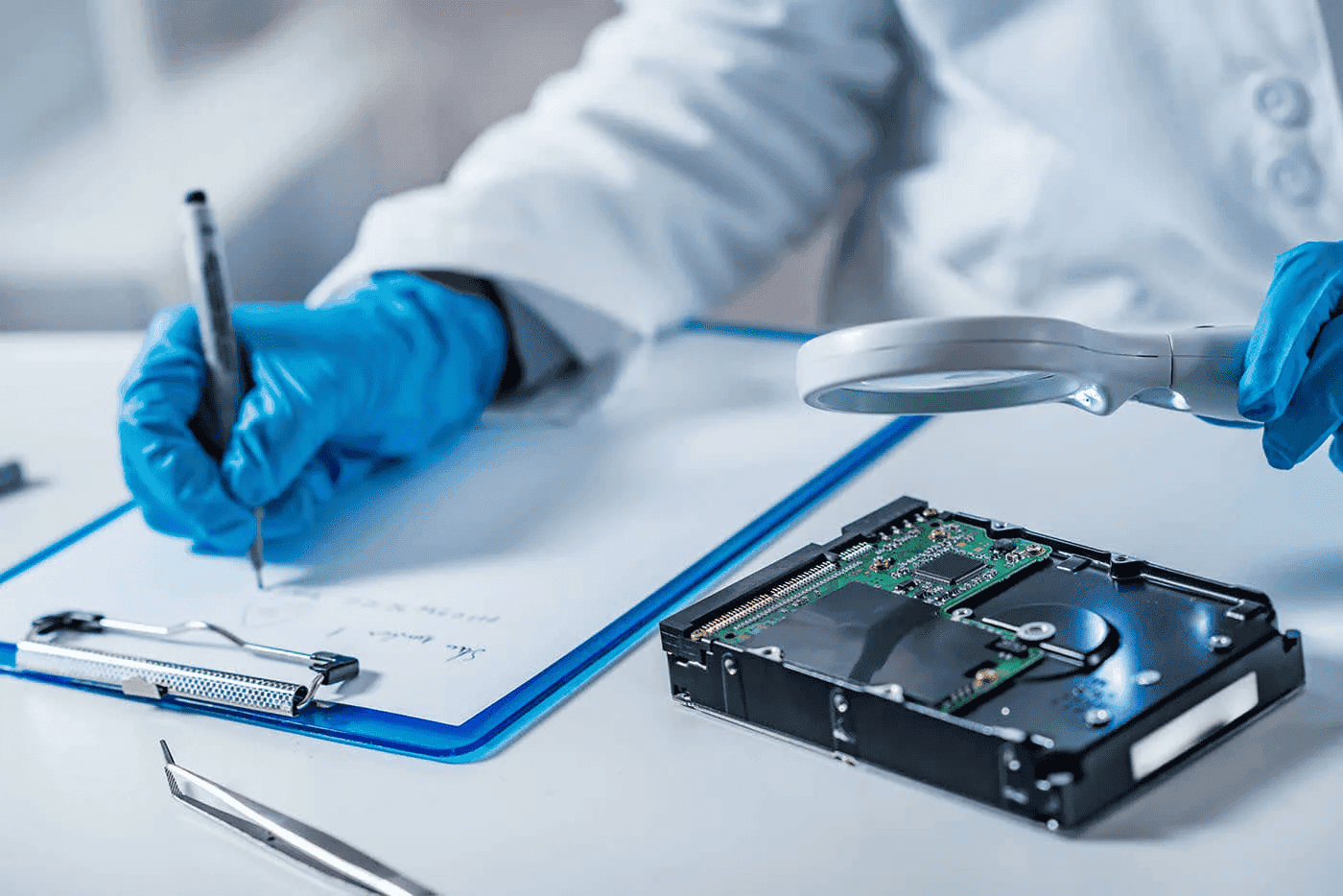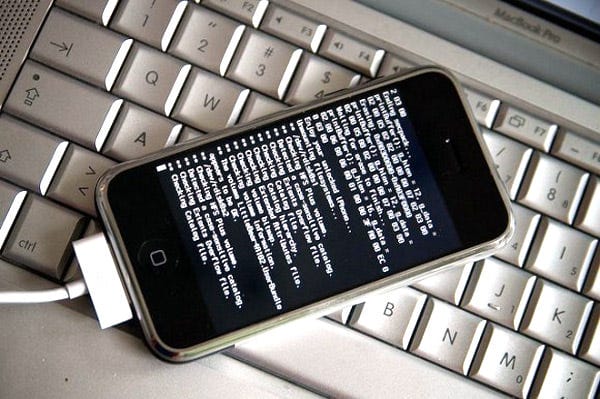This article delves into various types of digital forensics, their processes, and the challenges encountered in the field.
Digital Forensics, a branch of forensic science, is rapidly becoming a crucial component in criminal and civil investigations.
Powerhouse Forensics has provided expert digital forensics investigations in Houston, Texas, for over a decade.

Its essence lies in the scientific examination and analysis of digital devices and systems to recover, preserve, and present digital evidence.
With the constant evolution of technology, the field of Digital Forensics continues to expand, introducing new types of digital forensics.

What is Digital Forensics?
Digital Forensics is the methodical process of preserving, obtaining, analyzing, and presenting electronic data, ensuring its viability as evidence in legal or other investigations.
It plays an instrumental role in determining the specifics of a digital incident, like a cybercrime or data security breach, in a manner that aligns with legal rules and regulations.
Experts in the field require an in-depth understanding of computer science, programming, data structures, and legalities surrounding electronic evidence.
Types of Digital Forensics
There are several types of digital forensics, each utilizing distinctive tools, techniques, and procedures to find and secure digital evidence for use in legal or investigative situations.
1. Computer Forensics
Focusing primarily on the recovery and analysis of data stored on computers and other digital devices, Computer Forensics is a common type of Digital Forensics.
It aims to uncover hidden or deleted files, recover lost or damaged data, and preserve evidence for investigation use.

2. Network Forensics
Network Forensics involves the monitoring, analysis, and preservation of network traffic. This type of Digital Forensics aids in identifying cybersecurity threats, investigating cybercrimes, or recovering lost or stolen data.
3. Mobile Device Forensics
Mobile Device Forensics focuses on the recovery and examination of data from mobile devices such as tablets and smartphones.
This method investigates incidents involving device loss or theft, recover deleted data, or inspect a device as part of a criminal investigation.

4. Memory Forensics
Memory Forensics deals with the analysis of data stored in a computer’s RAM. The goal is to recover data that may not be stored on disk or other storage media and to uncover hidden or malicious processes or activities.
5. Database Forensics
Database Forensics is a branch of digital forensics that involves the recovery and analysis of databases, their metadata, and in-memory data, as well as the application’s actions on the data.
6. Cloud Forensics
Cloud Forensics, a sub-branch of network forensics, is concerned with monitoring and analyzing data in the cloud.
It involves the application of digital forensics in cloud computing environments to identify, collect, analyze, and preserve evidence.
7. Audio, Video, and Photo Forensics
These types of Digital Forensics involve the recovery and analysis of audio, video, and image files.
Experts in this field use various tools and techniques to recover, enhance, analyze, and evaluate these files for potential evidentiary value.
Digital Forensics Process
Digital Forensics involves several stages, each crucial in the investigation and analysis of digital devices and systems for evidence in a criminal or civil case.
These processes must comply with the rules of evidence to ensure the evidence’s legality. The stages include Investigation, Identification, Collection, Preservation, Analysis, and Presentation.
Investigation
The initial phase of a Digital Forensics process involves starting the investigation and seizing the evidence.
This may involve seizing electronic devices, such as computers or smartphones, or acquiring data from cloud services.
Identification
During this phase, the data relevant to the case is identified and extracted from the gathered evidence.
This includes information such as emails, documents, images, and other types of digital files.
Collection
The next phase involves collecting the evidence from the digital device or system.
This may involve using specialized tools and techniques to extract data from the device, such as acquiring a disk image or copying specific files.
Preservation
Preserving the evidence involves duplicating the digital data and ensuring that the original data is kept undamaged.
This ensures that the evidence will be accepted in court and can be used to support the investigation findings.
Analysis
The collected evidence is then analyzed to uncover any related information. Various Digital Forensics tools, such as disk imaging and data recovery tools, are used to examine the data.
Presentation
The final phase of the Digital Forensics process is to prepare a report, document the investigation findings, and present the evidence clearly and concisely to the relevant authorities or stakeholders.
Challenges in Digital Forensics
Despite its importance, the field of Digital Forensics has its challenges. These range from the shortage of trained forensic analysts to the rapid growth of digital data, making it difficult to sift through and identify relevant evidence.
Shortage of Trained Forensic Analysts
Digital Forensics requires a high level of technical expertise. Unfortunately, there is a shortage of trained forensic analysts in the field, making it a significant challenge.
Rapid Growth of Digital Data
The amount of digital data generated and stored is growing rapidly. This makes it difficult for forensic analysts to sift through and identify relevant evidence.
Complexity of Digital Devices and Systems
Digital devices and systems can be complex, and the data stored on them may be difficult to understand and analyze. This presents another challenge for analysts.
Increasing Use of Encryption
The increasing use of encryption to protect sensitive data makes it more challenging for forensic analysts to access and examine the data.
Corruption or Loss of Digital Data
Digital data can become corrupted or lost over time, making it difficult to retrieve and analyze.
Admissibility of Digital Evidence in Court
The admissibility of digital evidence in court can be a challenge. Forensic analysts need to demonstrate the validity and reliability of the evidence they have collected.
Types of Digital Forensics – Final Thoughts
Digital Forensics is a critical field responsible for uncovering truths and serving justice through a thorough and accurate analysis of digital evidence.
Despite the challenges faced by professionals in the field, they remain capable of collecting, analyzing, and preserving digital evidence with the right equipment, expertise, and skills.
Organizations must understand the importance of Digital Forensics and invest in the necessary resources to ensure the security of their data and digital devices.
Types of Digital Forensics FAQs
What are some of the main types of Digital Forensics?
Some of the main types of Digital Forensics include Computer Forensics, Network Forensics, Mobile Device Forensics, Memory Forensics, Database Forensics, Cloud Forensics, and Audio, Video, and Photo Forensics.
What are the two categories of digital forensics?
The two main categories of digital forensics are:
- Incident response: This is responding to a cyber security incident, such as a data breach or malware attack. Digital forensics can be used to investigate the incident, identify the source of the attack, and recover lost or stolen data.
- Legal proceedings: Digital forensics can be used to gather evidence of criminal activity, such as fraud or child pornography.
What are the three main types of digital forensic investigations?
The three main types of digital forensic investigations are:
- Criminal investigations: These investigations are conducted by law enforcement agencies to investigate crimes, such as cybercrime, fraud, and child pornography.
- Civil litigation: These investigations are conducted by lawyers to gather evidence in civil lawsuits, such as personal injury cases and contract disputes.
- Internal investigations: These investigations are conducted by businesses to investigate employee misconduct, such as theft or fraud.
What are the challenges of digital forensics?
Some of the challenges of digital forensics include:
- The ever-changing nature of technology. As new technologies emerge, digital forensics experts need to keep up with the latest trends to be effective.
- The complexity of digital devices. Digital devices can be complex and contain a lot of data, making it difficult to recover and analyze evidence.
- The possibility of data tampering. The evidence in a digital forensics investigation can be easily tampered with, making it difficult to establish its authenticity.
- The need for specialized skills and training. Digital forensics is a specialized field that requires specialized skills and training.
What are the benefits of digital forensics?
The benefits of digital forensics include:
- The ability to recover lost or stolen data.
- The ability to identify the source of a cyber security attack.
- The ability to gather evidence of criminal activity.
- The ability to protect businesses from liability.
- The ability to restore public trust.